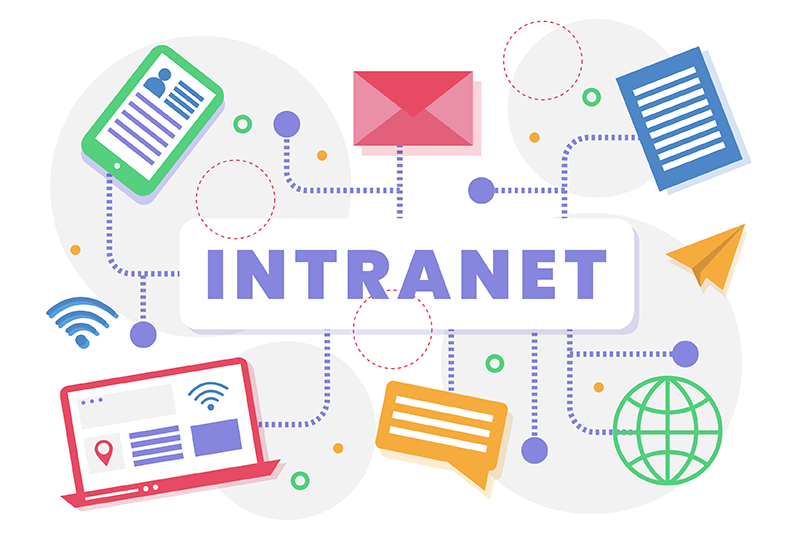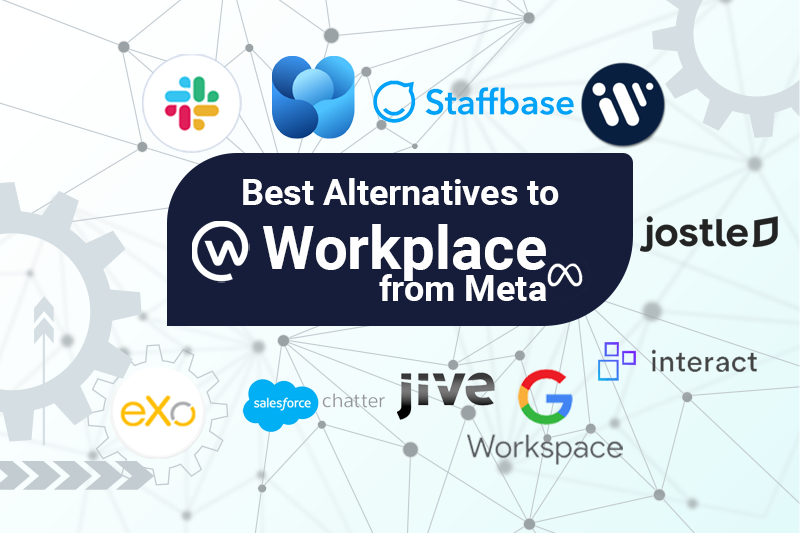- Fares Laroui
- August 5, 2020
Signs that your business is ready to embrace a digital workplace

content
1. You have lots of apps for different processes and teams
2. You are about to expand your business
When you look at software packages, you often find plans targeting businesses of a specific size and with a specific number of employees. For example, start-ups with just a few employees and apps in place often prefer free or inexpensive chat applications. When operations grow and more employees are hired, or when you move your business and register it in another state such as starting a Florida LLC or any other area, holistic solutions become more suitable since they can handle large volumes of data, streamline communications, and integrate a variety of third-party apps.
3. Your teams find it hard to collaborate
4. You plan to implement remote working policies
The COVID-19 pandemic has left businesses with no choice but to introduce remote working policies. Even after restrictions are eased, some will continue to consider part-time remote working, following the demands of their workforces. Studies have shown that employees are willing to continue to work remotely for the foreseeable future. Gallup found that 59% of full-time U.S. employees would like to continue working from home or other remote locations as much as possible after the pandemic.
If you would like to know more about digital workplace solutions in general and eXo Platform in particular, I suggest you take the blog tour and download this whitepaper.

FREE WHITE PAPER
Types of Digital workplace solutions
The modern workplace has evolved significantly in recent years, with advancements in technology, the growing number of tools …
- Tags: Digital workplace
Related posts
- All
- eXo
- Digital workplace
- Employee engagement
- Open source
- Future of work
- Internal communication
- Collaboration
- News
- intranet
- workplace
- Knowledge management
- Employee experience
- Employee productivity
- onboarding
- Employee recognition
- Change management
- Cartoon
- Digital transformation
- Infographic
- Remote work
- Industry trends
- Product News
- Thought leadership
- Tips & Tricks
- Tutorial
- Uncategorized
Leave a Reply
( Your e-mail address will not be published)


